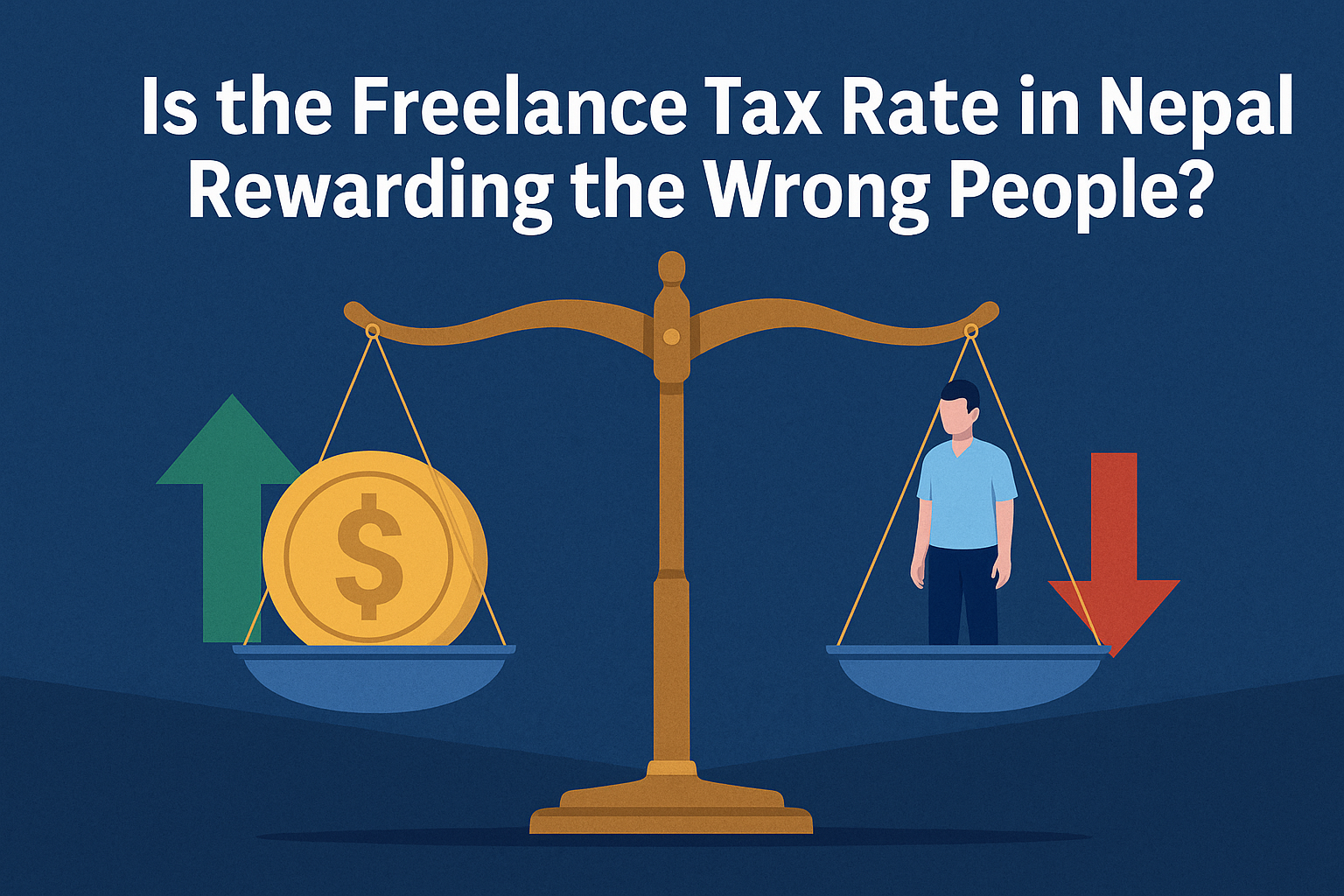
Why do some Nepalis pay 5% tax while others pay 39% for the same job? Uncover how the tax rate in Nepal may be rewarding loopholes over labor.
There's a secret to getting rich in Nepal’s professional world, and it has nothing to do with your talent, your qualifications,…

business
Hydro IPOs Are Turning Into Legalized Loot! Next Coops?

business
Nepal Rastra Bank Unveils Monetary Policy For FY 2082/83!

business
Daraz Nepal & E-Commerce Sellers Must Follow This New Law

business
SSF Mandatory For Government Employees Too?

business
Shark Tank Nepal: Reality Behind the Startup Reality Show

business
Nepal Rastra Bank Allows Spending in USD, Not Investment

business
Why FDI in Nepal Isn’t Reaching Its Full Potential

business
Nepal Rastra Bank Publishes Governor’s Property! Is He Rich?
Subscribe to our newsletter
to get latest news and updates directly to your email!




 Help Center
Help Center



